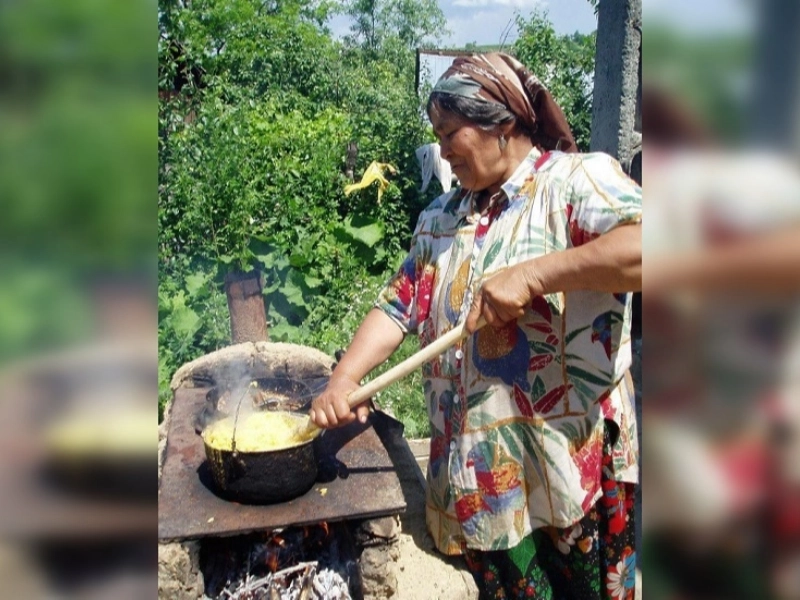
Hedgehog Cuisine: A Gypsy Culinary Tradition Forged in Adversity
For many Gypsy (or Roma) communities across Europe, the humble hedgehog has long held a special place in their culinary traditions. Stewed or fried hedgehog is often considered the national dish of the European Romani people.
This unique gastronomic practice is believed to have emerged during periods of intense persecution and hardship faced by Gypsy populations throughout Europe. When forced to take refuge in forests and remote areas, Polish and Baltic Roma found themselves relying on the readily available hedgehog as a reliable source of sustenance.
The preparation of hedgehog dishes became a way for these displaced Gypsy communities to not only nourish themselves but also maintain a sense of cultural identity and resilience. The act of foraging, cooking, and sharing this distinctive meal served as a unifying force, allowing the Romani people to preserve their traditions even in the face of adversity.
Today, the enduring popularity of hedgehog cuisine among Gypsy communities stands as a testament to their ingenuity, adaptability, and the enduring strength of their culinary heritage. This unique gastronomic tradition continues to be passed down through generations, serving as a tangible link to the Romani people's rich history and their ability to thrive in the face of hardship.